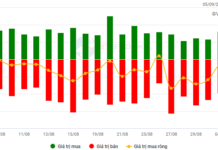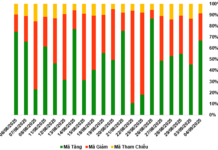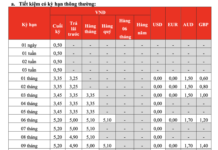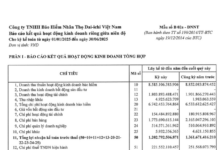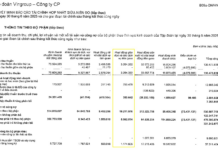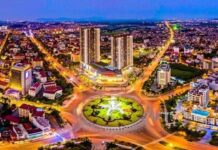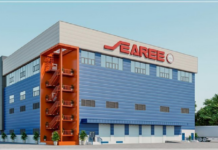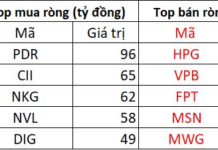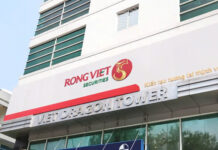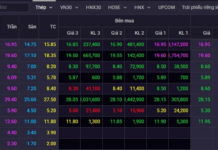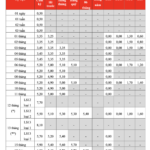Ho Chi Minh City – A Shining Beacon of TOD in the Country
Resolving the issue of population distribution is a crucial challenge facing major cities where population density and migration rates are constantly rising. In parallel with this, various solutions have been implemented to guide the expansion of residential areas into suburban districts and merging them into new satellite cities. This is done with the hope of relieving pressure and enhancing the quality of life for residents. One of the many solutions that have been successfully implemented in many locations is the TOD model.
TOD (Transit Oriented Development) can be defined as an urban development model that prioritizes the development of public transport. This serves as the basis for planning future developments, using transport hubs as focal points for residential areas and subsequently creating a decentralized transport system.
Urban areas following the TOD model are commonly built around bus terminals, train stations, or other forms of public transport. These areas often act as hubs for various amenities, such as shopping malls, schools, offices, and entertainment venues, creating an ecosystem that can meet the daily needs of residents. Moreover, these areas are typically designed with a radius of 400m to 1000m, enabling residents to easily walk, cycle, or use public transport. The TOD model is currently implemented in many major cities globally, such as Tokyo (Japan), Seoul (South Korea), New York City (USA), and London (UK).
Within Vietnam, plans are underway to implement the TOD model, particularly in Ho Chi Minh City. The immigration rate in Ho Chi Minh City has steadily increased over the years, leading to an overburdened infrastructure. According to the latest Statistical Yearbook released by the General Statistics Office in 2021, Ho Chi Minh City is ranked second nationwide in immigration rate, reaching 25.4%. In light of this situation, the TOD model is being promoted in suburban districts to transform them into satellite cities, attracting residents to relocate. The projected total investment for infrastructure in Ho Chi Minh City between 2022-2025 is 243,000 billion VND, of which, the estimated investment for metro construction alone is 103,000 billion VND, accounting for approximately 43%.
The goal is to transform Ho Chi Minh City into a multicentered metropolis that prioritizes public transportation (TOD), progressively curbing excessive concentration in the central area. This will be replaced by the establishment of new satellite cities, such as Thu Duc City, District 12, and Binh Chanh, along crucial public transport routes. This will ensure convenient transportation for residents while maintaining the full functionalities of a prominent urban area.
Ho Chi Minh City’s “Satellite Cities”
Thu Duc City serves as a prime example where the TOD model has been implemented to transform it into Ho Chi Minh City’s new satellite city. Notably, Thu Duc has received significant investment in transportation infrastructure development, including the new Mien Dong Bus Station – the primary hub of the public transport network in the Eastern part of the city, as well as the Ben Thanh – Suoi Tien Metro Line, which will connect District 1 to Thu Duc City (commercial operation is scheduled for the fourth quarter of this year). Thu Duc is also a focal point for new residential areas with complete modern conveniences to serve the population. Further, plans are underway to open Hi-Tech Park 2 in Thu Duc, which is anticipated to become one of three core areas alongside the existing hi-tech park.
Binh Chanh is another area with immense potential for the implementation of the TOD model, aiming to become a new residential hub in the city. As the gateway to the southwest of Ho Chi Minh City, Binh Chanh has also received considerable investment in public transport systems, with several projects under construction. These include Metro Line 3A (Ben Thanh – Tan Kien) with a total investment of over 67,000 billion VND and an estimated implementation period of 2025 – 2034, and Metro Line 5 (Bay Hien Crossroads – Sai Gon Bridge), which is projected to commence commercial operation after 2032, reducing commute times for residents traveling to neighboring areas and the city center. The TOD model will improve accessibility to public transport for residents, minimize environmental emissions, and the implementation of policies to preserve green spaces will help to maintain the inherent freshness and beauty of Binh Chanh’s natural environment. The long-term goal is for Binh Chanh to evolve into a modern, cultured urban area with an enhanced quality of life.
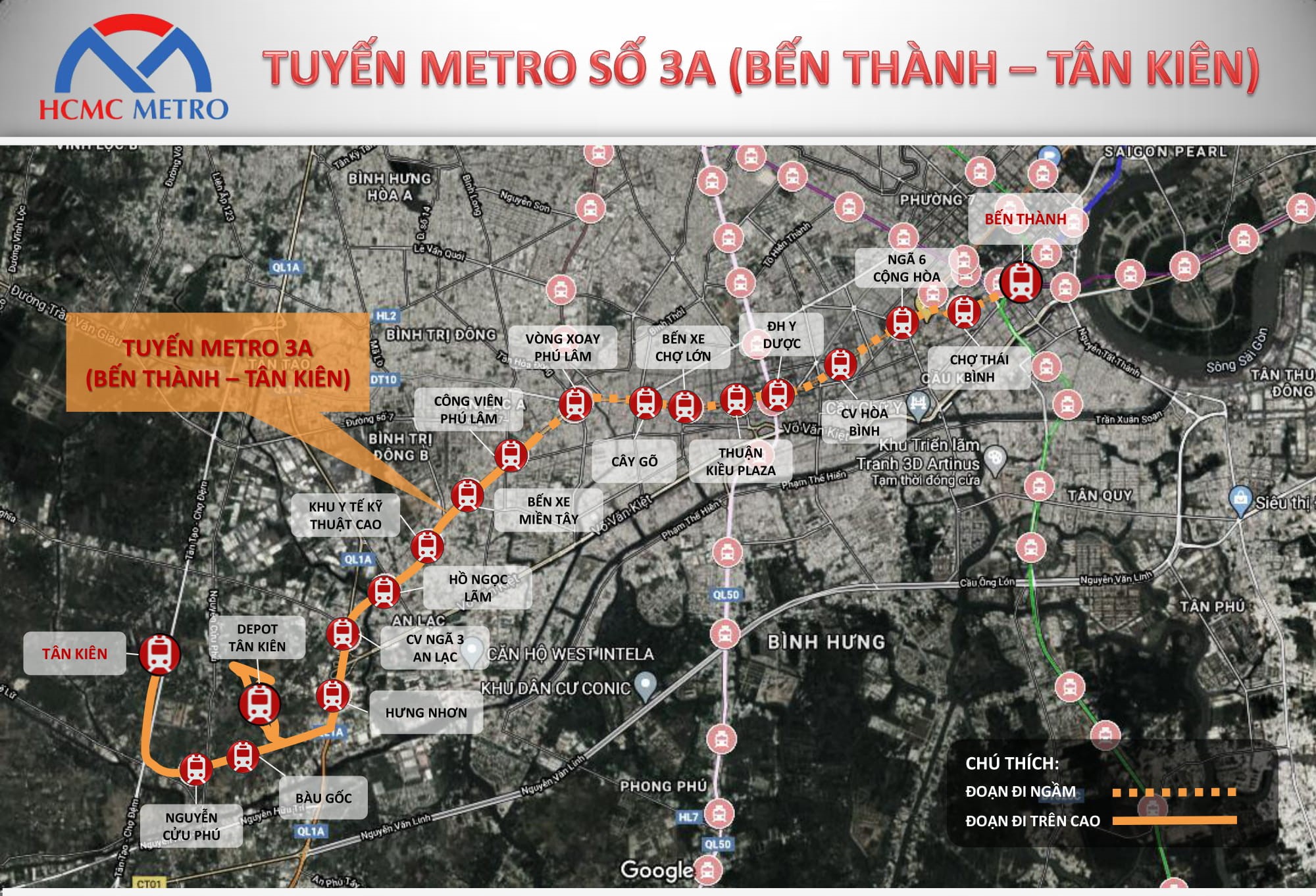
Metro Line 3A (Ben Thanh – Tan Kien)
Recognizing the future potential of the TOD model, numerous investors have already established urban areas to capitalize on this trend, including Gamuda Land, a prominent investor in real estate known for anticipating market trends. Following the success of the Celadon City project (Tan Phu), Gamuda Land is set to launch an additional real estate project located in a prime area of Binh Chanh, offering a full array of surrounding amenities, from educational institutions, supermarkets, and hospitals to shopping malls. Moreover, the developer is leveraging existing advantages of the suburban area, such as verdant natural landscapes and established neighborhoods, in combination with its signature Biophilic architectural style, allowing residents to enjoy fresh air and relax after daily stresses. With their strategic vision and utilization of the TOD model, Gamuda Land guarantees that project residents will experience a true satellite city, elevating their quality of life.
The widespread application of the TOD model, in conjunction with robust investment in numerous real estate projects, promises to transform Binh Chanh in particular and the outskirts of Ho Chi Minh City in general, into an ideal investment destination.

